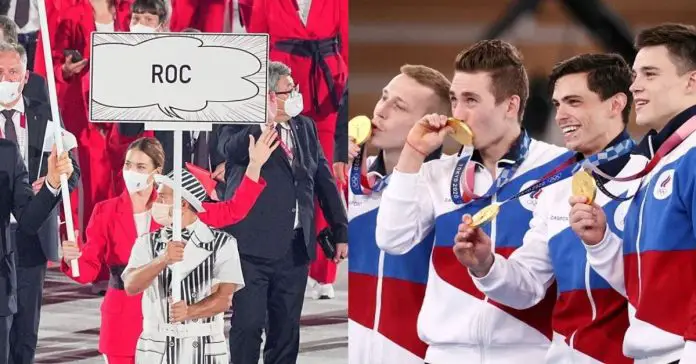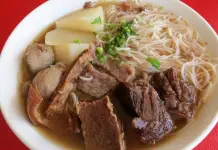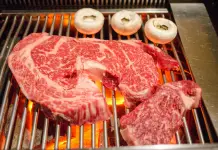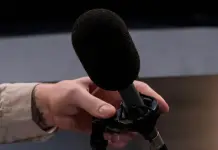The Tokyo Olympics are in full swing, and we don’t know if you’ve noticed while cheering on our athletes, but there’s this country called “ROC”? We were wondering if we had somehow missed out on a new country which sent us Googling, and well, ROC isn’t technically a country. If you’re all confused and curious about ROC, let us clear it up for you below!
Who or What is “ROC”?
ROC actually stands for Russian Olympic Committee. But does that mean they represent Russia? No. Put it this way: Russia is under a ban from competing in several competitions due to a doping scandal (more on that later), but athletes who are not involved in said scandal can still participate. The catch? Compete not under Russia, but as “neutral athletes”. There’s also an agreement in place that they only use the abbreviation “ROC” instead of its full name. Basically, it’s a workaround for Russian athletes to still compete, despite not being able to rep their country.
So What Does Competing Under ROC Entail?
We’ll make it simple:
- Athletes are not allowed to wear the Russian flag or any other national symbol on their uniforms
- If uniforms say “Russia”, they must also include “neutral athlete” or something similar in the same size
- When athletes win gold medals, the Russian anthem isn’t played–it’s replaced by a snippet of Tchaikovsky’s Piano Concerto No. 1 in the Tokyo Olympics instead
Also some other bits of information about the ROC: this Olympics sees 335 Russians competing under ROC, and ROC will also compete at the Winter Olympics in Beijing, February 2022. Previously, athletes from Russia were known as Olympic Athletes from Russia (OAR), most notably during the 2018 Pyeongchang Winter Games.
:focal(1126x814:1128x812)/origin-imgresizer.eurosport.com/2021/07/26/3182652-65208308-2560-1440.jpg)
When Can Russian Athletes Represent Russia Again?
18th December 2022 onwards, should things proceed as they should. Currently, Russia is under a two-year ban, which was put into effect on 17th December 2020. It was originally set for four years, but Russia appealed, and the ban was reduced to two years. It’s quite a story, and we’ve summarised it for you below, which sees us going back to 2015.
:focal(1236x585:1238x583)/origin-imgresizer.eurosport.com/2021/07/26/3182633-65207928-2560-1440.jpg)
What’s the Doping Scandal About?
In 2015, the World Anti-Doping Agency (WADA) organised an independent commission to investigate Russia. As it turns out, they found out that Russia had been running and endorsing a doping program, and the Russian Anti-Doping Agency (RUSADA) had worked with other state agencies to hide/manipulate positive test results. In short, they uncovered a state-sponsored doping program in 2016, which involved at least 15 medal winners from the 2014 Sochi Olympics. WADA also found more than 1,000 Russian athletes that had been involved or benefited from the state-sponsored doping programs from 2011-2015.
Subsequently, WADA recommended that Russia be banned from the 2016 Rio Olympics, but it was rejected by the International Olympic Committee (IOC). Instead, the Court of Arbitration for Sport (CAS) decided who would get to participate instead. In 2017, the IOC announced that Russia would be banned from the 2018 Pyeongchang Olympics, hence the OAR. In 2019, new updates in the form of inconsistencies in anti-doping data surfaced, and that led to the 4-year (then reduced to 2-year) ban.
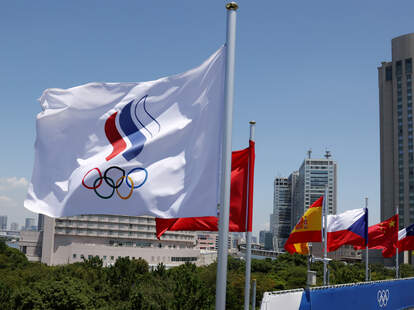
And that’s it on ROC! At time of writing, they seem to be pretty dominating in the medal tallies. We hope you’ve found this little piece interesting, and on with the games!


